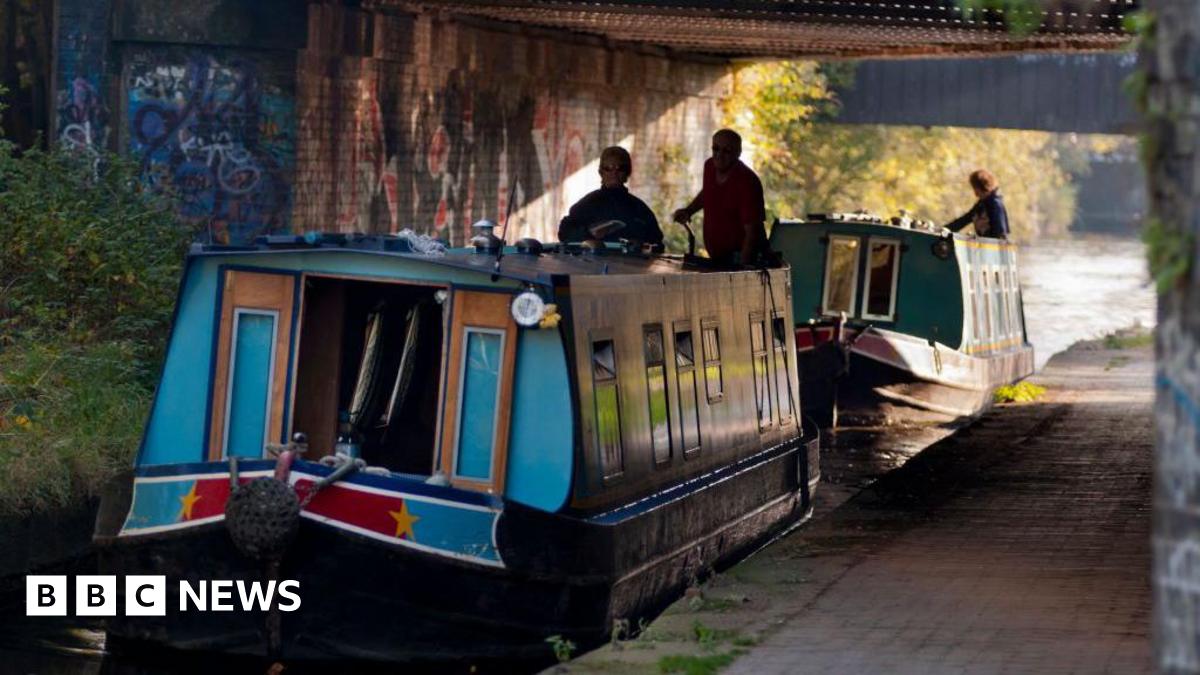Below is a photo of vehicles assembled on Worcester Wharf. I am guessing that the photo may have been taken from about the position of the red arrow on the e1880s map, though the photo would seem to come from around the time of WW1. On two of the vehicles company names can be read .
On the horse drawn cart can be seen J.Graham & Sons No.8. This (from 1913 Kellys) would be Thomas James Graham & Sons, cement & plaster manufacturers, dealers in hair, lathes, whiting, salt bath bricks, hardeners' potting sands, glass sands etc, and hired sack contractors; Worcester Wharf, Bridge St.
On the nearest motor vehicle can be read Greave. this would be Greaves, Bull & Lakin Ltd, cement manufacturers, Worcester Wharf, Bridge St
View attachment 200720View attachment 200721

